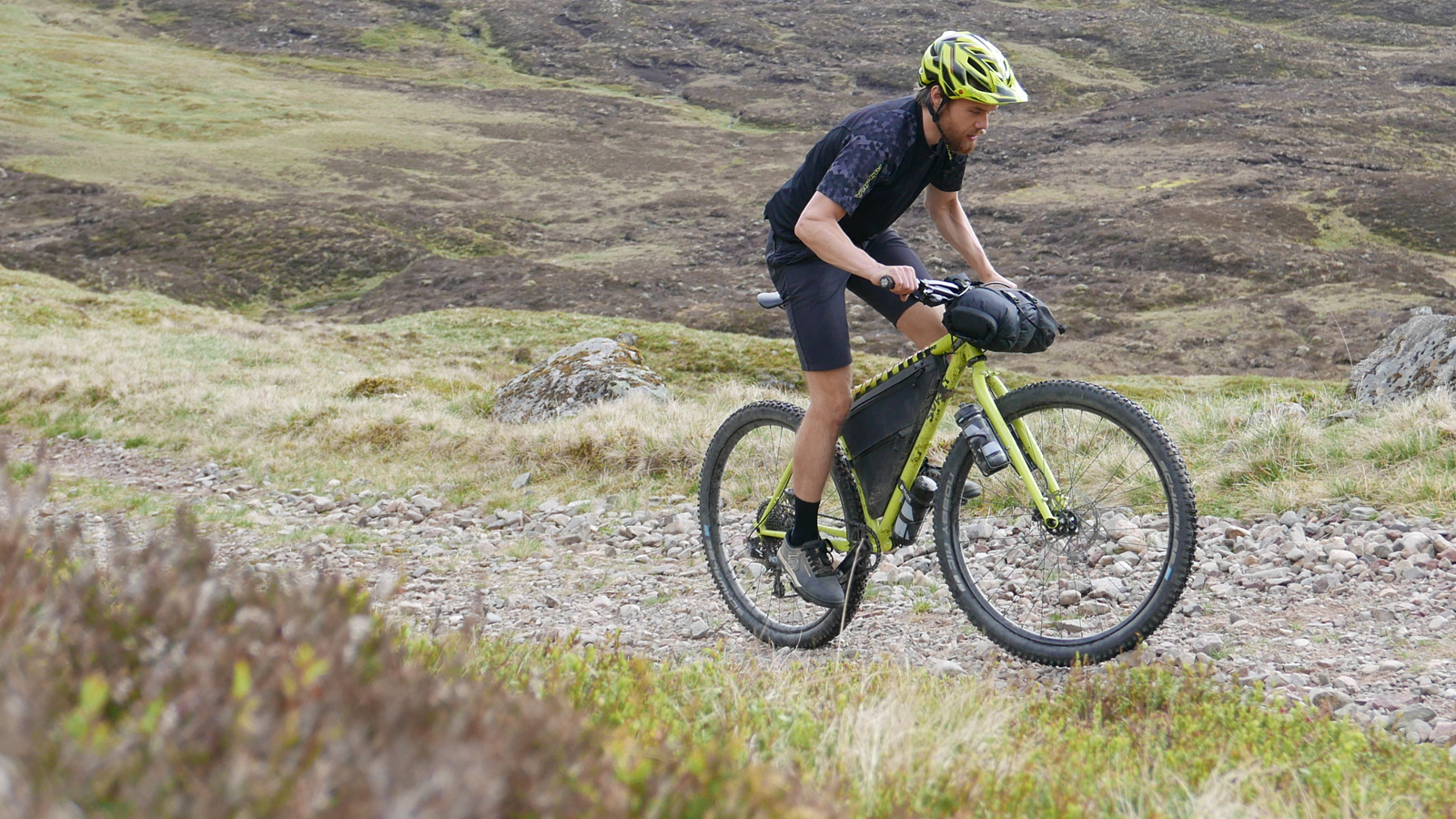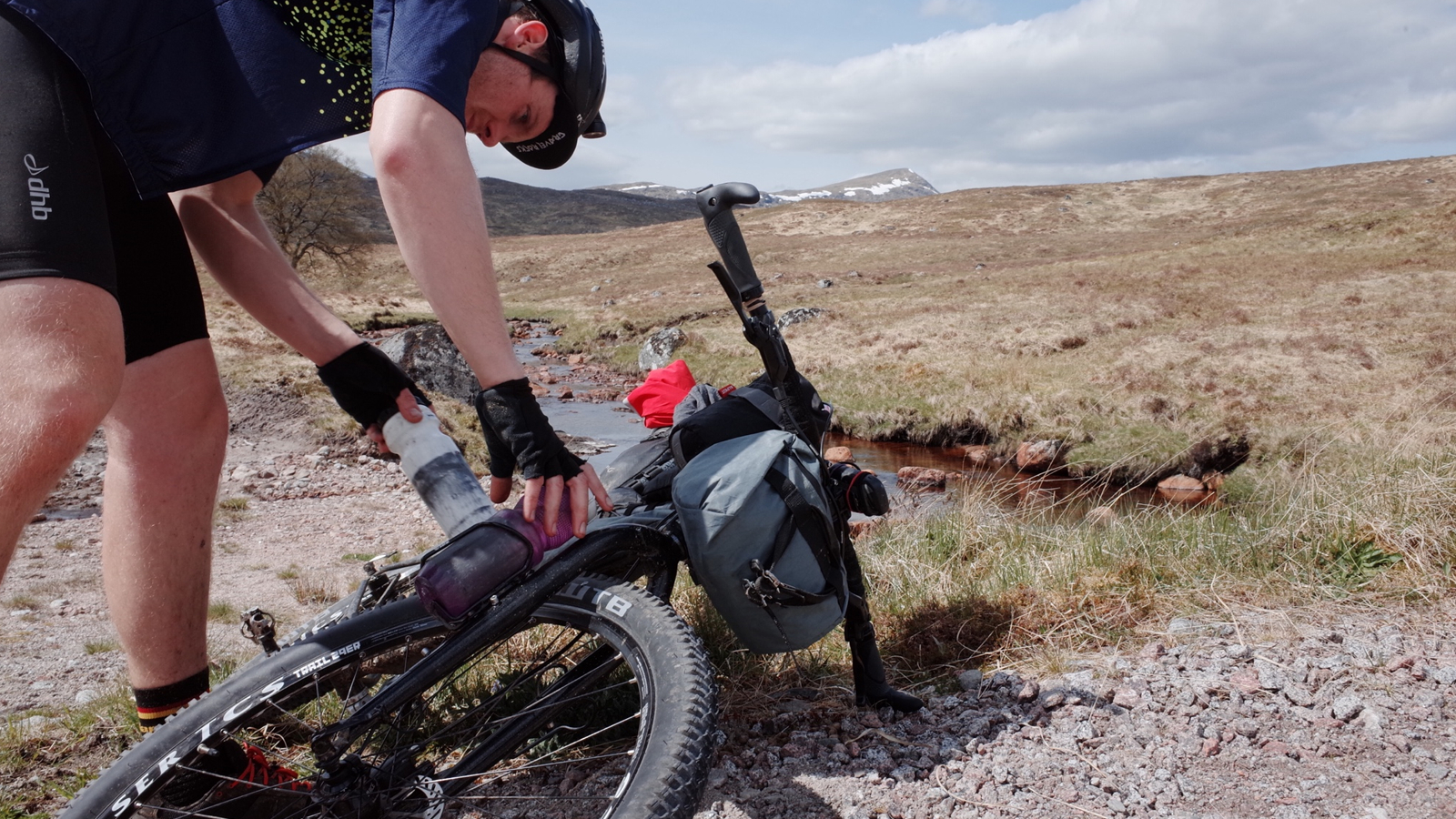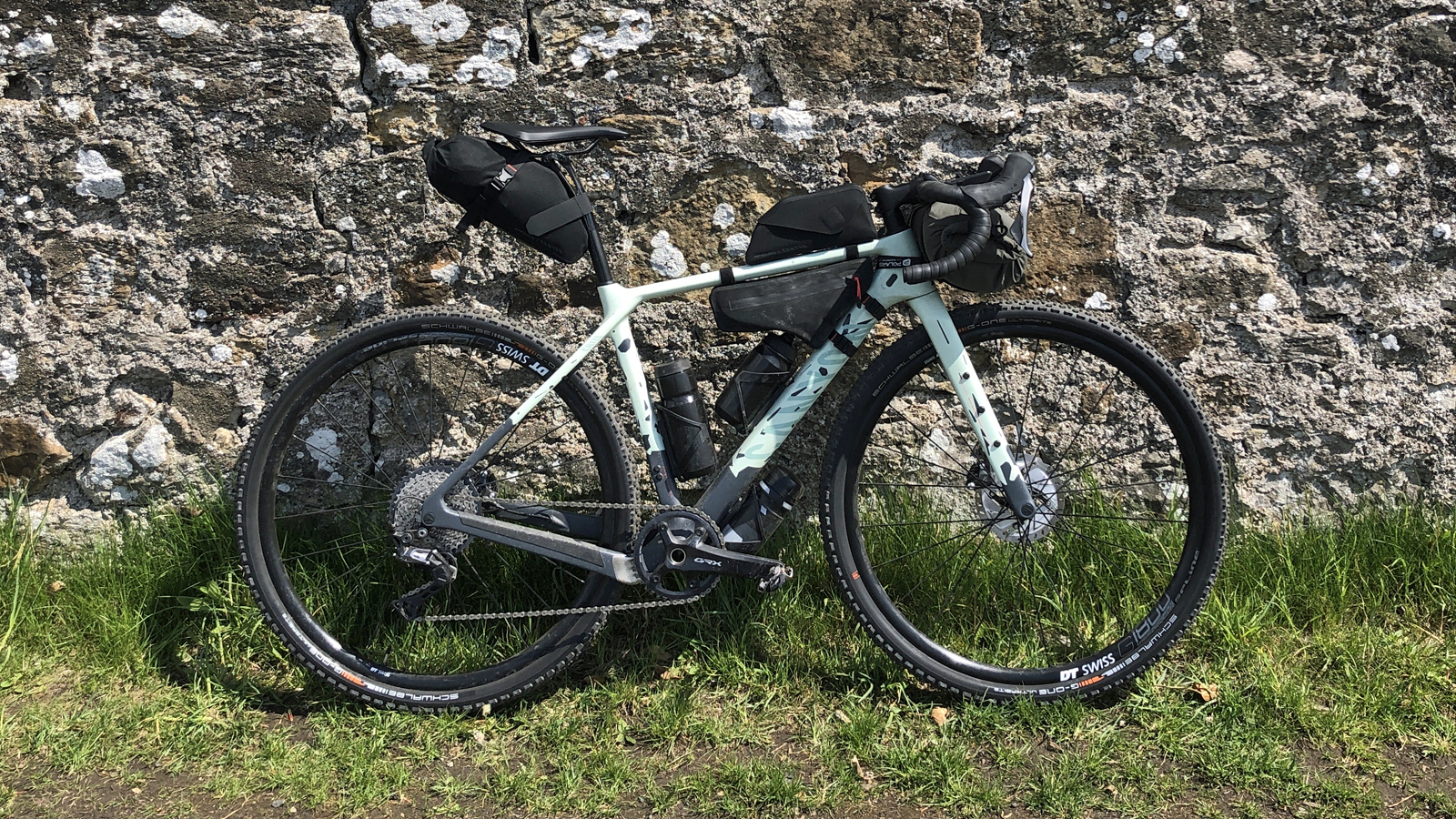Lightweight bikepacking: top tips to save weight on your bikepacking rig
Bike Perfect shares the five best lightweight bikepacking tips so you can ride further and faster

Cycling has always had a weight obsession and for good reason: a lighter bike is faster. Less weight means you can climb easier, accelerate quicker, stop sooner and helps keep maneuverability sharp. Bikepacking is no different. However creating a lightweight bikepacking setup comes with the added complication that you have to carry all your camping gear, food and spares on the bike as well.
One of the biggest bikepacking mistakes is overpacking and it’s an affliction that can affect everyone. It’s not just beginner bikepackers who are still learning the ins and outs who are affected, even experienced ultra-endurance racers suffer from overpacking albeit they are only stressing over a few grams. Saving weight might seem like something that only racers and Fastest Known Time riders need to be concerned about, however, having a lightweight bikepacking setup will help you go further, faster, and enjoy your trip. After all, nobody wants to struggle all day to reach an idyllic camp spot, just to fall asleep as soon as the tent is pitched.
Even if you already feel that you have the ultimate bikepacking setup, there is always room for improvement. In this guide, Bike Perfect shares five top tips to help you get a lightweight bikepacking setup.
- What is bikepacking? The ultimate guide
- Best bikepacking bags: carry your gear and supplies with ease
1. Pack less
Why trust BikePerfect
Less is, well, less - there is no way around it. The best way to save weight on your bikepacking rig is to pack fewer items. This can mean different things to different people and can either result in foregoing a few luxuries to cutting toothbrushes in half and wearing the same socks for a week-long trip.
When preparing for a bikepacking trip it can be easy to overpack. Worrying about weather conditions and mechanicals on the trail can make packing an extra layer or spares easily justifiable. We aren’t saying that you should leave all your bikepacking essentials at home, instead try to rationalize the value of each item and how much of an effect it will have on your trip if you don’t have it. Often, one item can be used across different scenarios, too, which brings us neatly to point two.
2. Combine functionality
Why carry two items when you could just carry one. There are plenty of items, especially when it comes to clothing, that can double up on functionality. Choosing layers that work both on the bike and around camp will give you flexibility for something to change into post-ride or wear when riding if the weather really turns. Opting for a lightweight sleeping bag and supplementing this with a down jacket or pants can reduce weight while offering more versatility.
Multi-tools by their nature combine functionality, however, they don’t always have everything you need which can result in carrying multiple tools. Carefully choosing your tool kit simplifies the repair process while also saving weight.

3. Don’t oversupply
This very much depends on your opportunities for resupply, however, if you are following a pre-planned route you should have a good idea of where the potential stops are and the times that you will be arriving. After all, water and food are both heavy and bulky. By knowing how long each leg is expected to take, you shouldn’t need to carry any more food or water than you actually need - although there is no harm in carrying a little extra just in case.
Of course, if shops are few and far between you will be forced to carry more supplies. While options to find food on the trail are probably very limited, water sources are a lot more common. Unless you are bikepacking in a desert-like environment, then streams and rivers should be frequent and safe to drink once passed through a portable water purifier. Different water purifying methods are effective at filtering out different things so be sure to research what needs to be filtered out in your area.
Finally, if you are stocking up on food, think about what you are buying. Read the labels and look for foods with a high calorie-to-gram ratio. That way you are getting the most fuel for the weight you are carrying - nuts, cured meat, energy bars and pasta are all energy-dense options. If you know resupply points are going to be an issue then pre-packaged adventure meals where you just need to add boiling water are probably best for lightweight calorific meals.

4. Buy better kit
While it’s easy to go bikepacking on a budget, the reality is that if you invest in expensive kit you can easily reduce the weight and bulk of your bikepacking setup. Look at the heaviest items first, such as your tent, sleeping bag and mat and your riding clothing, as these will provide the largest possible reductions in weight for your hard-earned money. Investing in these products won’t just save weight but also improve comfort and performance, too.
Your bike is another area where investing will save weight although there is a lot more to consider when choosing component upgrades. There is a risk that, if you go too lightweight, you increase the likelihood of mechanical issues, especially in areas like tires and wheels which are more vulnerable with the added weight of your bikepacking kit. Think about the type of riding and terrain you often ride as this will dictate which bike is best for bikepacking and what upgrades are going to offer the most benefit.
5. Share kit between friends
If you're riding as a group then you can share items. One water filter, one stove, a single, larger tent split between the riders. Tools and spares are another area in which weight can be shared - just make sure you have everyone’s bike specifications covered. Obviously, if you are taking part in a bikepacking race where self-sufficiency is part of the rules, this isn’t possible.
- Best bikepacking saddles: comfy saddles for multi-day adventures
- Best bikepacking handlebars: maximize comfort and handling for bikepacking
- Best bikepacking pedals: the perfect options for long days on a loaded bike

Graham Cottingham joined the BikePerfect team as our senior tech writer in 2020. With over 20 years of riding experience, he has dabbled in downhill, enduro, and gravel racing. Not afraid of a challenge, Graham has embraced bikepacking over the last few years and likes nothing more than strapping some bags to his bike and covering big miles to explore Scotland's wildernesses. When he isn’t shredding the gnar in the Tweed Valley, sleeping in bushes, or tinkering with bikes, he is writing tech reviews for BikePerfect.
Rides: Cotic SolarisMax, Stooge MK4, 24 Bicycles Le Toy 3, Surly Steamroller
Height: 177cm
Weight: 71kg
